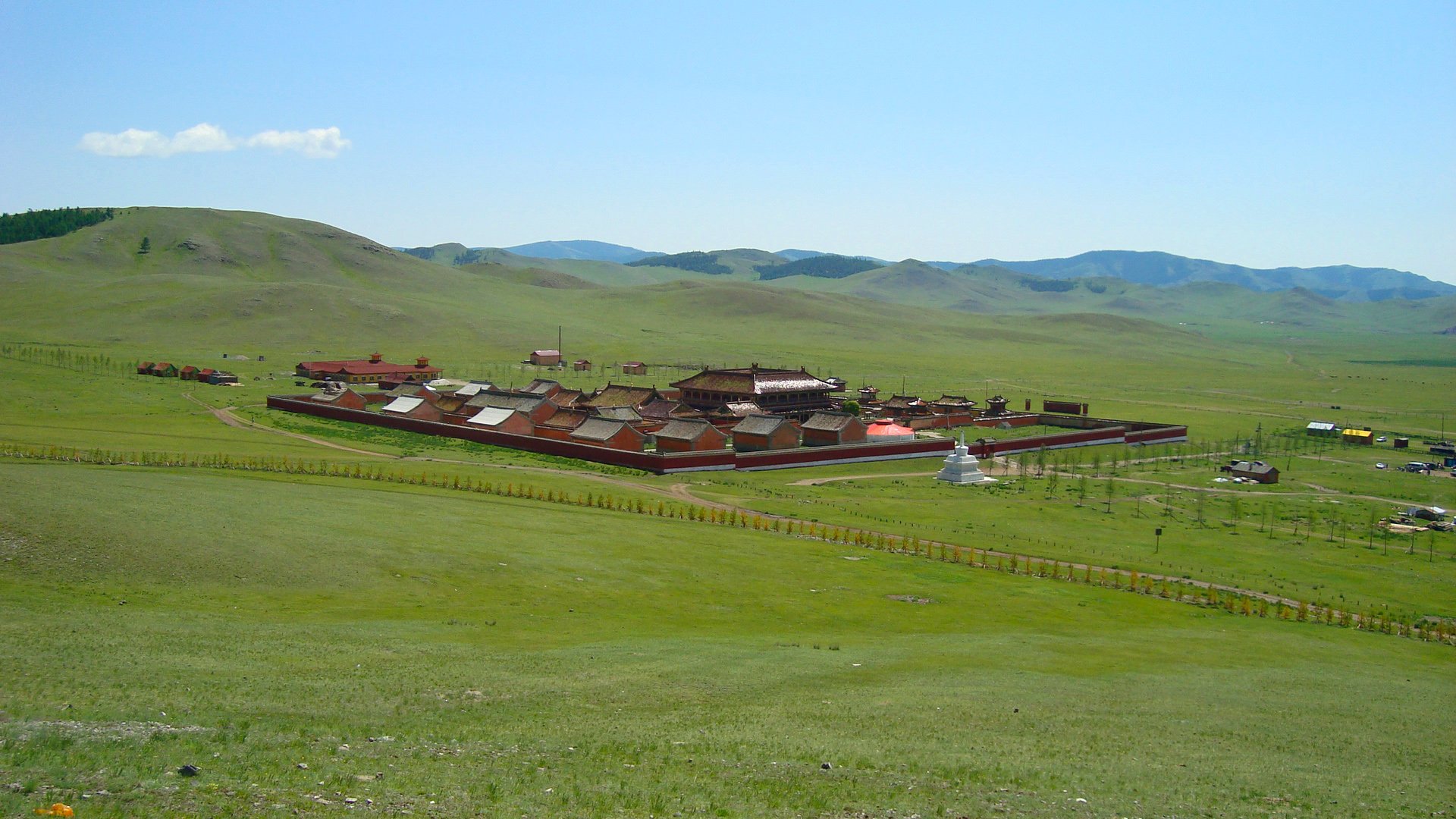🇲🇳map Mongolia [Overview]

Mongolia, known locally as Mongol Uls, stretches across the high, windswept plateau between Russia to the north and China to the south. Most people picture endless steppe and big skies—and that’s accurate—but there are also forested mountains in the north and the Gobi Desert in the south. The population is a little over 3 million, making it one of the world’s most sparsely populated countries; Ulaanbaatar concentrates roughly half of everyone in the country. Here’s something that surprises many travelers: Mongolia has more livestock than people by a huge margin, and herding remains central to both the economy and identity.
Ulaanbaatar feels like a frontier capital undergoing a fast makeover—glass towers next to ger districts and Soviet-era blocks. Summers are short and lively, while winters are dry and brutally cold, so planning your move or visit around the seasons matters. For digital nomads, connectivity in the capital is solid and improving in secondary cities, but outside urban hubs you’ll need patience and a good data plan. Distances are long, road conditions vary, and the pace of life is tied to weather and land more than clock time, which many expats find both grounding and challenging.
Economy
Mongolia’s economy leans heavily on mining and pastoralism. Copper, coal, and gold drive export earnings, with large projects like Oyu Tolgoi shaping national fortunes, while cashmere, meat, and dairy come from vast herds of goats, sheep, cattle, horses, and camels. In the cities you’ll find jobs in services—banking, logistics, hospitality, IT outsourcing—alongside a growing startup scene that serves the domestic market and neighbors. For professionals, that means opportunities in engineering, environmental management, supply chain, fintech, and digital services, especially if you can work at the intersection of tech and natural resources.
Resources are ample—minerals under the ground, wind and solar potential on the surface, and a skilled, youthful workforce in Ulaanbaatar. Mongolia is landlocked, so connectivity to the world runs through rail links to China and Russia, air routes via Ulaanbaatar's Chinggis Khaan International Airport, and fiber networks that largely transit China or Russia. The country pursues a "third neighbor" policy—building ties with partners like Japan, South Korea, the United States, the EU, and India—to balance its geography. Trade is still anchored to China for exports, but diplomatic and development partnerships are broadening, which shows up in education exchanges, infrastructure financing, and tech cooperation.
Culture
The dominant language is Mongolian, written today in Cyrillic, though the traditional script is also taught and increasingly visible. Ethnically, most citizens are Khalkha Mongol, with communities of Kazakhs in the west and several other Mongol groups across the provinces. The cultural story runs from the era of Chinggis Khaan and the Mongol Empire—whose legacy you’ll feel everywhere—to centuries under Qing rule, then a Soviet-aligned socialist period, and finally a democratic transition in the early 1990s. That blend of nomadic heritage and modern urban life shapes everything from music and sport to how people host guests.
People care deeply about horsemanship, wrestling, and archery; weekends can revolve around family, countryside trips, and long meals with dairy and meat at the center. Tibetan Buddhism is the main religion, coexisting with shamanic traditions and a secular outlook in the cities; you’ll see temples active again after years of suppression in the 20th century. National celebrations include Tsagaan Sar (Lunar New Year), which brings careful rituals and generous hospitality, and Naadam in July, a nationwide festival of the “three manly sports” that now welcomes competitors of all genders in archery and horse racing. If you time your arrival for Naadam, you’ll get a crash course in what Mongolia takes pride in—skill, endurance, and a strong sense of community.
Raj
Raj is a technology consultant and global mobility specialist originally from Bangalore, India,
with over 14 years of experience in the tech industry and international talent relocation. Having
worked for major technology companies including Infosys, Wipro, and leading global tech firms,
Raj has extensive experience facilitating the relocation of Indian IT professionals to key markets
including Australia, Mauritius, and other Commonwealth nations. His expertise spans both the
technical aspects of skilled worker visa programs and the cultural nuances of adapting to new
markets, particularly for professionals in the technology sector.
Published: 2025-06-11